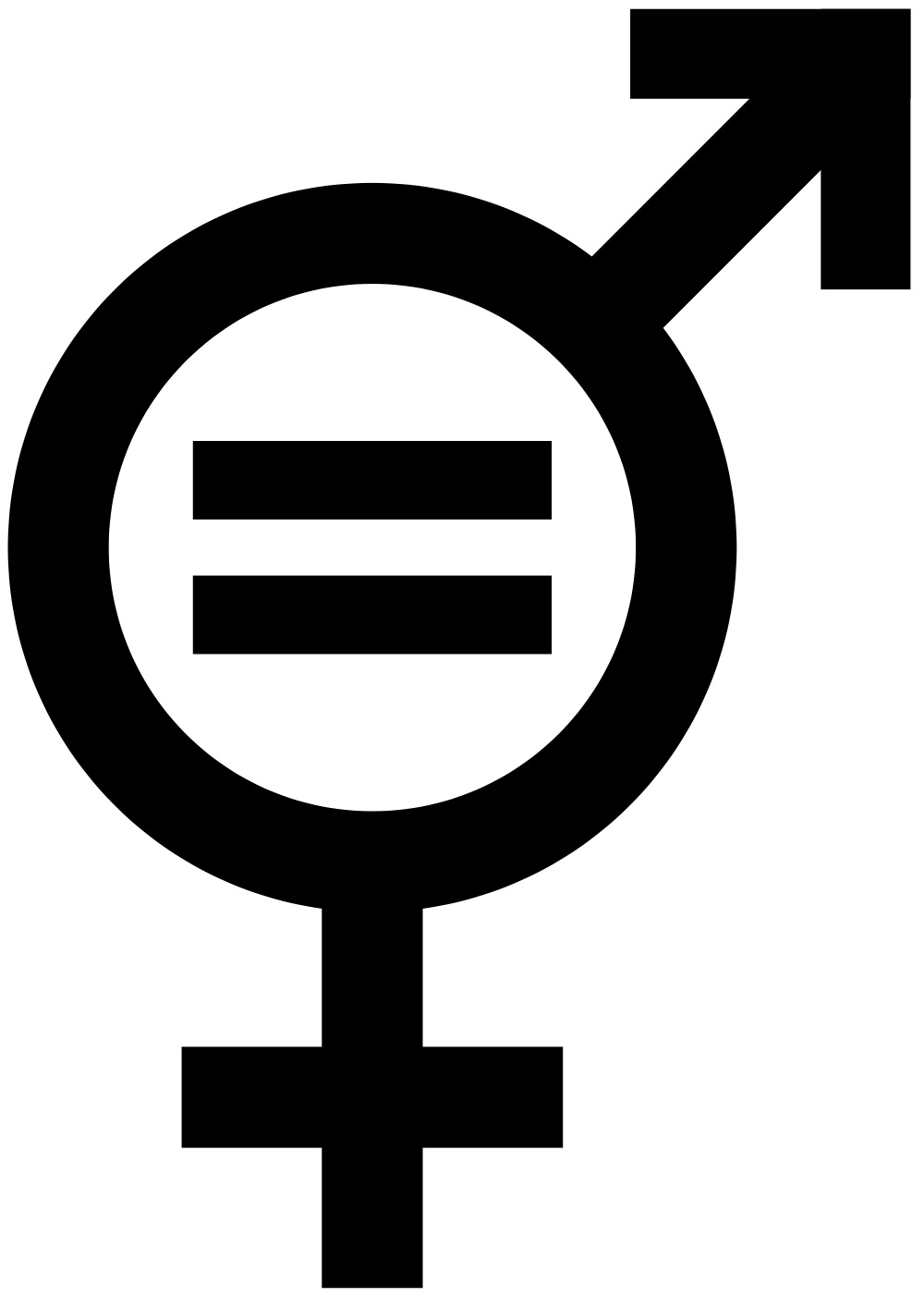 While Arab countries have made measurable and real progress over the past few decades in gender equality, especially in education and health,
While Arab countries have made measurable and real progress over the past few decades in gender equality, especially in education and health, with the United Arab Emirates (UAE) on top of the list, these have not unfortunately translated into more gains in the economic life of our countries.
Why?
Before even addressing this question, one must also ask why gender equality is important for the economic life of countries.
Evidence shows that more economically empowered women invest far more in the education and health of their children.
Empowering women
Better economic opportunities for women have also been proven to be the single most important factor in reducing poverty in developing countries.
Studies have shown serious Gross Domestic Product (GDP) per capita losses that can be directly linked to gender-gaps in labour markets. GDP in UAE is estimated to increase by 12% and in Egypt by 34%, if women’s labour participation is raised to the level of men.
Increasing gender participation in the labour force would also increase the pool of talent available to the public and private sectors thereby increasing the growth potential of the economy.
Finally, it goes without saying that keeping 50% of the population out of the economic life of any country will impact economic growth and prosperity through less productivity and consumption.
Enrolment ratios
The higher percentages in the level of schooling for women in the Middle East and North Africa are reflected clearly in female-to-male enrolment ratios, which are close to or above 100 in many countries.
It is striking that as the region’s education levels increase, the gender balance in education shifts from favouring boys to favouring girls.
From 1975, the ratio of females to males enrolled in tertiary education tripled to 112% in 2010. In fact, eight MENA (Middle East and North Africa) countries have a “reverse gender gap” in education at the tertiary level; reverse gender gaps also show up in primary education.
Girls fare better
Contrary to global patterns, girls outperform boys in mathematics in Grade 4 and this trend continues in some MENA countries through to Grade 8.
So, the question is, why do we have the lowest women participation rates in the economic life of the world, despite high rates of education equality?
Of course, there is enough evidence to show that culture and social norms (not religion however, since countries with the same religion clearly show different rates) have a great deal to do with it.
Worldwide, hard evidence shows that women spend twice as much as men do on household work and four times as much on childcare. This translates to women making up the bulk of the non-paid and part-time workforce.
Evolving trends
Over time, however, these norms do evolve. For example, only 10% of married women participated in the labour force in the US during the 1930s, and an overwhelming majority of husbands disapproved their wives working. Today, the married female labour force participation in the US is more than 70% and more than 80% of husbands approve their wives working.
Economic growth and development have also been shown to increase women participation. During the 1980s, female labour force participation in Greece, Ireland and Spain was approximately 30%, well below the world average. Over the next three decades, their participation increased by 15% to 20%. In each of these countries, economic growth created new opportunities for women.
The legal system is also important in this regard, since laws tend to enforce certain customs and social norms and, in doing so, institutionalise and legitimise certain behaviours.
Unequal treatment
These unequal rights and treatment under the law are not unique to the Arab region. In the US, before 1920 women did not have the right to vote; and until the 1930s, married women could travel only on their husbands’ passports, making it difficult for them to travel alone.
Unequal treatment of women in jobs, pay, and promotion was made illegal in the US only 20 years after the end of World War II.
In Spain, spousal permission continued to be a precondition for a wife to work until 1979; and in Switzerland until 1984. In MENA, Tunisia repealed spousal permission to work in 1959 and Morocco did so in 2004. However, in many other countries, inequality under the law is still active and must be removed to encourage more gender equality.
Policy options
There are many economic policy options available to Arab Governments that can help improve this situation and increase women’s participation in the labour force. These include more nuanced labour taxation systems, more targeted social welfare benefits, tax credits, public financed parental leave schemes, better access to high quality child care services, changes in the legal code and enforcement to reduce gender-based discrimination in hiring, firing, pay, and promotion, better flex-work arrangements and enhanced access to finance and training for female entrepreneurs.
All these policy options and more can narrow the gap between men and women in economic life, and trigger a momentum of growth and job creation and support higher rates of GDP and deeper prosperity for all.
If you walk away from reading this article remembering only one thing, I hope it will be that gender equality is simply good economics; it is good public policy; it is good for the education and health of our children, good for the prosperity of our societies, and it is good for our future.
Hafed Al Ghwell is an Advisor to the Executive Director and Dean of the Board of the World Bank Group. He can be reached on twitter at @hafedalghwell. The above article, which appeared in Gulf News (in which he writes a biweekly column), is reproduced here with his written permission.






